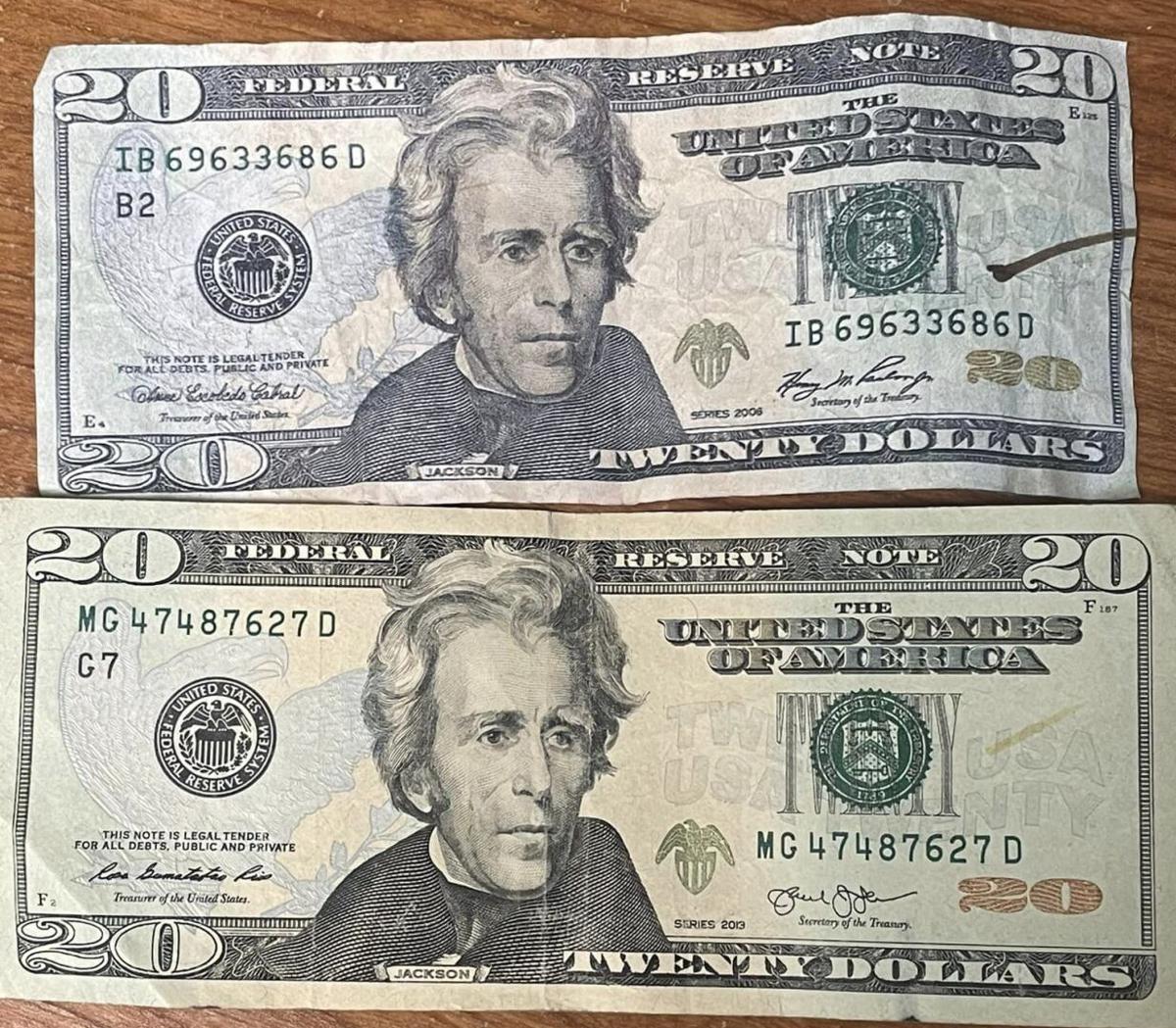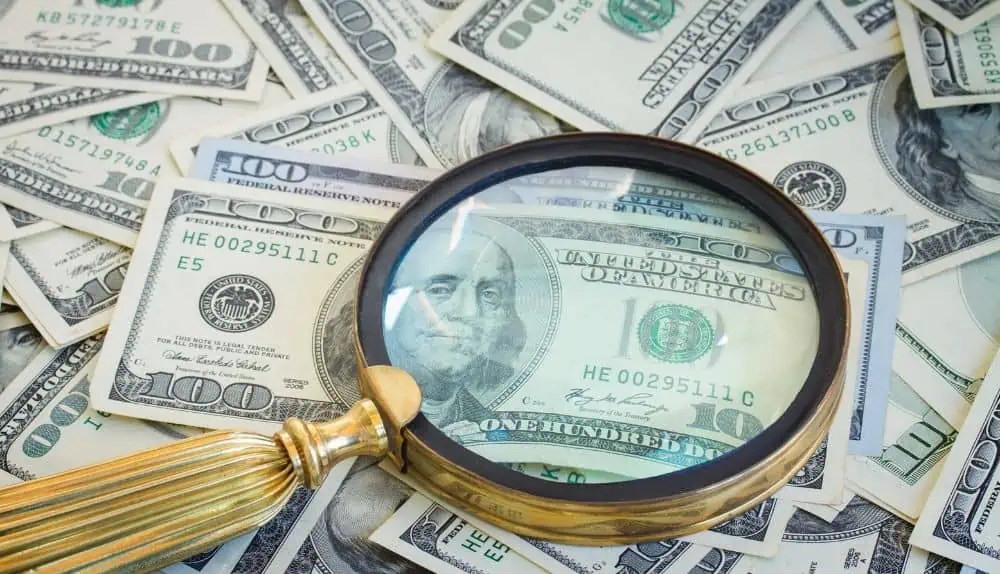Browse the Market: Acquire copyright Money for Sale with Confidence
Browse the Market: Acquire copyright Money for Sale with Confidence
Blog Article
Explore usings Fake Cash in Artistic Creations and Theatrical Performances
copyright cash, typically identified with deceptiveness and outrage, holds a peculiar appeal when it locates its method right into the world of theatrical performances and imaginative productions. As we delve into the multifaceted usages of phony money in these innovative domain names, we start to discover a world where credibility and replica blur, prompting us to question the actual nature of worth and representation within art and efficiency.

Historic Relevance of Funny Money in Art
The historical importance of funny money in art is a complex and fascinating subject that sheds light on the intersection of creativity, subversion, and socio-political commentary. Throughout history, artists have used phony money as a device for challenging social standards, examining the worth of money, and making effective declarations regarding wealth and power.
One of the most noteworthy examples of funny money in art go back to the Dada activity of the very early 20th century - copyright money for sale. Artists such as Marcel Duchamp and Hannah Höch included copyright right into their works to criticize the capitalist system and check out the concept of value in a swiftly changing globe
Furthermore, throughout times of financial instability or political upheaval, funny money has actually been utilized by artists as a kind of protest or rebellion. By developing and distributing phony money, musicians have actually had the ability to disrupt the condition quo, obstacle authority, and provoke vital conversations concerning the function of cash in society.
Impact of copyright on Visual Arts
Affecting the visual arts landscape, phony money has functioned as a thought-provoking tool for artists looking for to challenge standard point of views on wide range and business. By incorporating fake cash into their jobs, artists provoke conversations on the nature of worth, authenticity, and social perceptions of riches. Through the assimilation of phony money, visual artworks can challenge viewers with questions concerning the power dynamics intrinsic in financial systems and the illusions of success. Making use of funny money in art additionally raises moral considerations pertaining to the boundaries of imaginative expression and the implications of reproducing legal tender. Phony money in aesthetic arts can serve as a commentary on consumer culture, materialism, and the ruthless quest of riches in contemporary culture. On the whole, the impact of phony currency on visual arts is multifaceted, promoting essential representations on the intersection of cash, art, and societal worths.
Meaning and Definition in Theatrical Fake Displays
Utilizing theatrical copyright displays, artists utilize symbolic depictions to convey much deeper significances and stimulate thought-provoking interpretations within the realm of efficiency art. Through the consolidation of funny money in theatrical productions, designers can explore motifs such as greed, power, corruption, and the impression of wealth. Making use of copyright on stage can offer as an allegory for societal concerns, economic differences, and the frailty of financial systems.
In staged efficiencies, the symbolic value of copyright money prolongs beyond its financial well click to investigate worth. It can symbolize the deceptive nature of appearances, the search of materialistic desires, and the consequences of underhanded actions. By utilizing copyright money as a prop, musicians can test target markets to examine truth significance of wealth and the moral limits that individuals might go across in its search.
Moral Considerations in Using copyright Cash for Art

One significant moral consideration is the prospective legal consequences of utilizing funny money in art. Counterfeiting money is unlawful in many nations and can lead to serious consequences for musicians that intentionally integrate copyright costs into their work. copyright money for sale. This not only puts the musician at threat however likewise elevates concerns regarding promoting illegal tasks through art
In addition, there is an ethical problem relating to the credibility of the artwork itself. Utilizing funny money obscures the line between truth and replica, possibly tricking visitors and compromising the integrity of the creative piece. Artists have to take into consideration whether the usage of copyright money straightens with their values and artistic intents, considering the prospective influence on their reputation and reliability.
Future Patterns in Funny Money Combination
Thinking about the developing landscape of creative expression, the incorporation of funny money in imaginative works might witness a shift towards provocative and cutting-edge methods. As artists continue to press borders and explore new tools, funny money can increasingly be made use of to challenge societal norms, examine the worth of currency, or make powerful statements concerning wide range and consumerism.
One future trend in funny money combination might be its usage in immersive art installations where target markets are urged to engage with the pieces, obscuring the lines between truth and illusion. Additionally, innovations in technology may bring about the development of hyper-realistic phony money that is practically tantamount useful link from real currency, opening up possibilities for also more detailed and comprehensive artworks.
Moreover, collaborations between counterfeiters and artists can cause unique pieces that integrate standard artistic techniques with the workmanship of creating phony money. Honest factors to consider surrounding the legality and principles of using phony money in art will continue to be a point of contention as these future patterns unfold.
Verdict
Finally, usings funny money in staged performances and creative developments have a lengthy history and continue to give motivation for artists. From its historical relevance to its effect on aesthetic arts and significance in theatrical display screens, funny money plays an one-of-a-kind role in the art globe. Moral considerations have to be taken right into account when using phony cash for creative objectives. The assimilation of copyright money in art is likely to proceed advancing in the future.
On the whole, the effect of phony currency on visual arts is diverse, stimulating important reflections on the intersection of money, art, and societal worths.

In final thought, the usages of fake cash in staged efficiencies and imaginative developments have a lengthy background and proceed to be a source of motivation for musicians. Honest considerations have to be taken right into account when using phony money for creative purposes. The assimilation of imitation cash in art is most likely to continue developing in the future.
Report this page